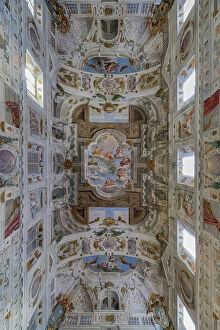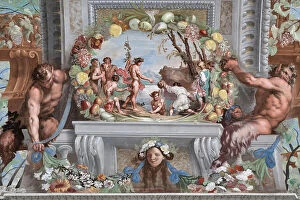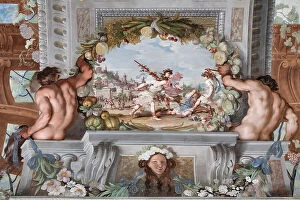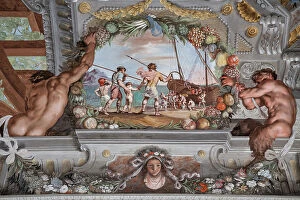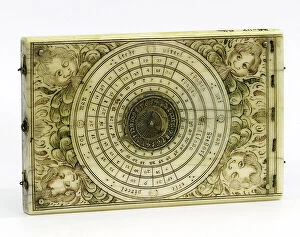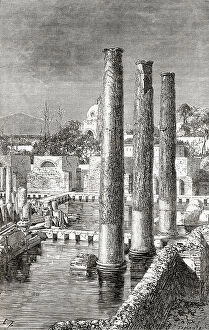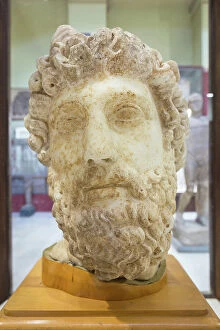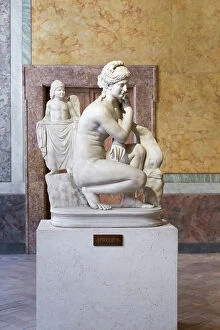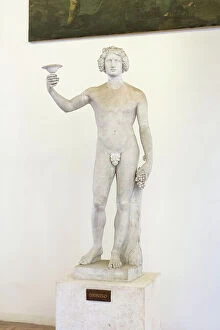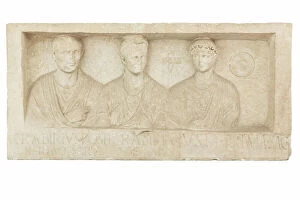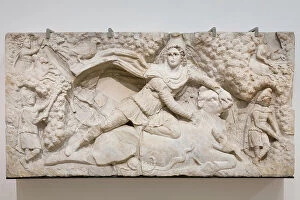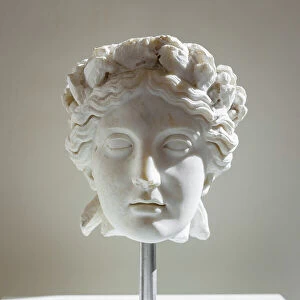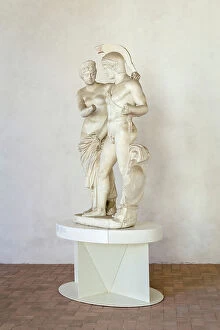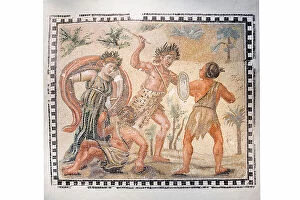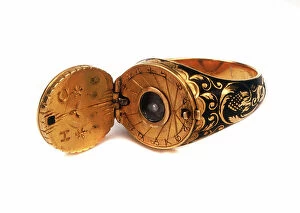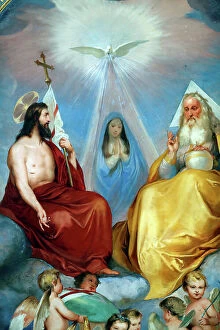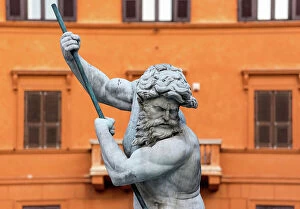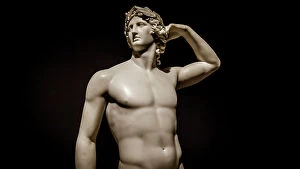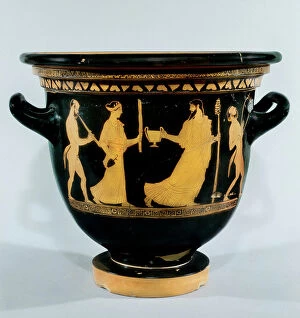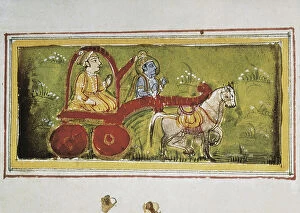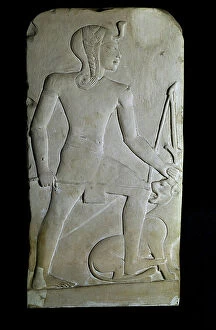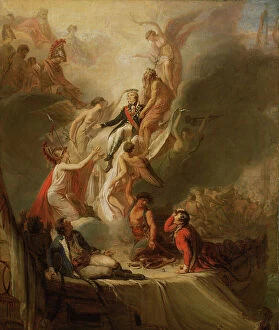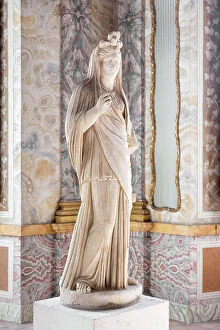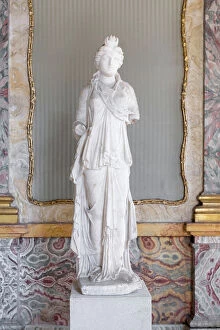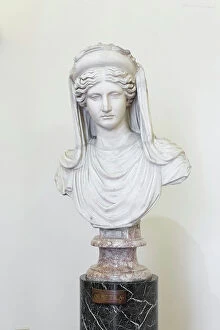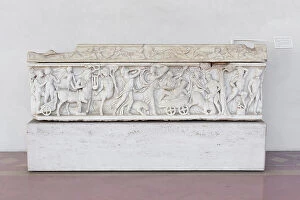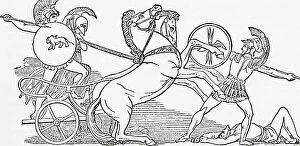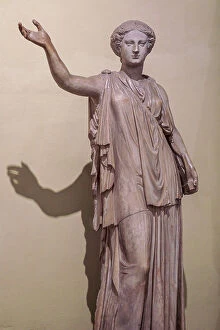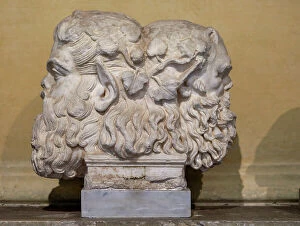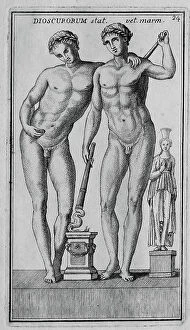Goddesses Collection (#10)
Goddesses, the divine embodiments of power and grace, have been revered across cultures and throughout history
For sale as Licensed Images
Choose your image, Select your licence and Download the media
Goddesses, the divine embodiments of power and grace, have been revered across cultures and throughout history. From the statues of Krishna and Rada at Bhaktivedanta Manor temple in Watford, Hertfordshire to the goddess Isis depicted on the double doors of Tutankhamun's tomb in Thebes, Egypt, their presence is felt far and wide. In a Roman mosaic or within Mazu sea goddess' shrine at Thian Hock Keng Taoist temple in Singapore, these celestial beings captivate worshippers with their ethereal beauty. Serket stands tall as she protects the canopic chest in Tutankhamun's tomb while winged scarab pectoral showcases Isis and Nephthys guarding ancient treasures. The North serpent goddess flanks a sacred eye pectoral symbolizing protection and wisdom. Religious pictures displayed at cattle fairs near Dechhu remind us of how these deities are still venerated today. Initiation rites dedicated to Dionysus come alive through frescoes from Villa Dei Mysteri, revealing mystical secrets held by ancient cults. White Tara gazes serenely from a Tibetan thanka painting housed within Shedub Choekhor Ling Monastery atop Mont Saleve in Haute-Savoie. And let us not forget the Roman mosaic depicting the Muses who inspire creativity for generations to come. Among them stand three powerful Greek goddesses - Hestia, Dione, and Aphrodite - adorning an East Pediment with their grace and influence. These glimpses into various cultures showcase our enduring fascination with goddesses; they embody strength, love, wisdom – qualities that transcend time and place. In temples or tombs, mosaics or paintings – wherever we encounter them – these divine figures continue to enchant us with their eternal allure.

